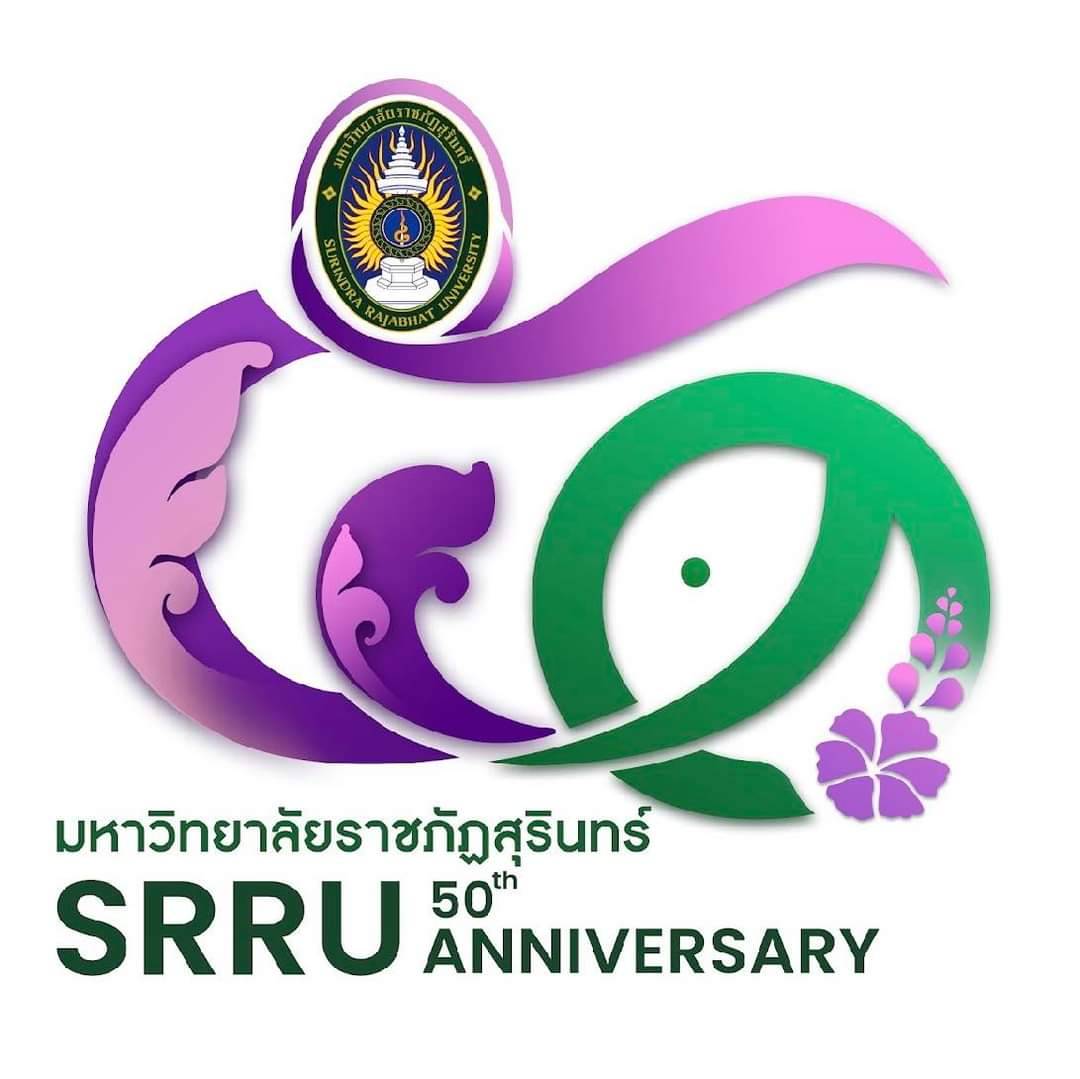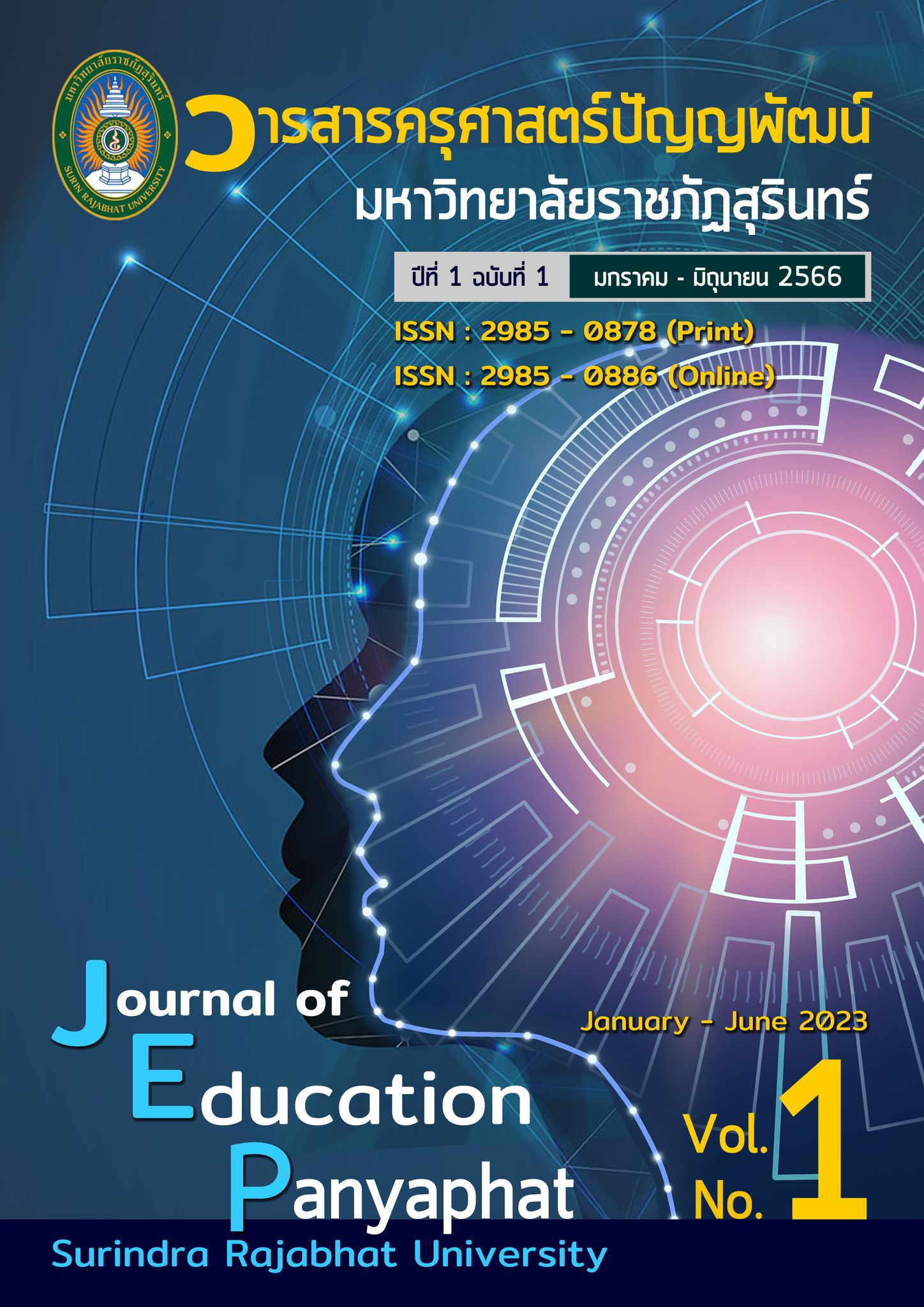The Learning Management Model Development for Enhancing the Self-Directed Learning and Achievement in Mathematical Finance Subject of Grade 10th Students
DOI:
https://doi.org/10.65205/jedusrru.2025.2809Keywords:
Self-Directed Lerning, Achievement, Learning management modelAbstract
This research aimed to develop and study the effectiveness of a learning management model to promote self-directed learning and mathematics achievement. The study was conducted with a sample group of 14 Grade 10 students over a period of 15 weeks, with two class periods per week (100 minutes per week), totaling 25 hours. The research instruments included a learning management model developed based on Humanism learning theory, the Flipped Classroom approach, and the concept of Feedback. The lesson plans consisted of 15 financial mathematics learning plans, a learning record form, a self-directed learning assessment, and an academic achievement test. Data were analyzed using basic statistical methods, including mean, standard deviation and one-group mean comparison
The results of this research revealed that:
- The learning management model for enhancing self-directed learning and achievement contained 4 steps (SCIF); 1) Self-study: S 2) Checking for understanding: C 3) Integration: I and 4) Feedback: F
2. The effectiveness of the learning management model for enhancing self-directed learning and achievement found that: 1) self-directed learning by students self-evaluated and teacher evaluated students were high level that both evaluating was not significantly at the statistics and related significantly at the statistics 0.5 level 2) the achievement was higher than 70 percent significantly at the statistics 0.5 level
References
กาญจนา จันทร์ประเสริฐ. (2556). การพัฒนาแบบวัดความพร้อมในการเรียนรู้แบบนำตนเองสำหรับนักศึกษากลุ่มวิทยาศาสตร์สุขภาพ. วารสารสุทธิปริทัศน์, 27(82), 23-40.
จารุวรรณ เชียวน้ำชุม และคณะ. (2560). รูปแบบแนวคิดทางทฤษฎี และงานวิจัยเกี่ยวกับปัจจัยเชิงสาเหตุของการเรียนรู้แบบนำตนเอง. สถาบันทรัพยากรมนุษย์ มหาวิทยาลัยธรรมศาสตร์. 12(1). 125-140.
ชนสิทธิ์ สิทธิ์สูงเนิน. (2560). ห้องเรียนกลับด้าน : ทักษะการเรียนรู้ในศตวรรษที่ 21. วารสาร มจร สังคมศาสตร์ปริทรรศน์, 6(2), 171-182.
โชติมา หนูพริก. (2559). การประเมินเพื่อการเรียนรู้: การตั้งคำถาม และการให้ข้อมูลย้อนกลับเพื่อส่งเสริมการเรียนรู้. วารสารศึกษาศาสตร์ มหาวิทยาลัยศิลปากร, 13(2), 18-30.
ฐานิดา ลิ่มวงศ์ และ ยุพาภรณ์ แสงฤทธิ์. (2562). ห้องเรียนกลับด้าน: การเรียนรู้แนวใหม่สำหรับศตวรรษที่ 21. วารสาร Mahidol R2R e-Journal, 6(2), 9-17.
ดวงกมล ไตรวิจิตรคุณ. (2550). การประเมินวิธีเรียนของผู้เรียน. หนังสือชุดปฏิรูปการศึกษา การประเมินผลการเรียนรู้แนวใหม่. กรุงเทพฯ : ศูนย์ตำราและเอกสารทางวิชาการ คณะครุศาสตร์ จุฬาลงกรณ์มหาวิทยาลัย.
รังสรรค์ แสงสุข และคณะ. (2544). ความรู้คู่คุณธรรม. กรุงเทพฯ : สำนักพิมพ์มหาวิทยาลัยรามคำแหง.
วิชัย วงษ์ใหญ่ และ มารุต พัฒผล. (2558). การโค้ชเพื่อการรู้คิด. กรุงเทพฯ : จรัลสนิทวงศ์ การพิมพ์.
วิชัย วงษ์ใหญ่ และ มารุต พัฒผล. (2564). การเรียนรู้แบบนำตนเองเชิงสร้างสรรค์. กรุงเทพฯ : ศูนย์ผู้นำนวัตกรรมหลักสูตรและการเรียนรู้.
ศิริบูรณ์ สายโกสุม. (2542). จิตวิทยาการศึกษา. กรุงเทพฯ : สำนักพิมพ์มหาวิทยาลัยรามคำแหง.
สำนักบริหารงานการมัธยมศึกษาตอนปลาย. (2559). แนวทางการจัดการเรียนรู้ในศตวรรษที่ 21. กรุงเทพฯ : สำนักบริหารงานการมัธยมศึกษาตอนปลาย สำนักงานคณะกรรมการการศึกษาขั้นพื้นฐาน.
สำนักงานเลขาธิการสภาการศึกษา. (2565). รูปแบบการจัดการเรียนรู้ที่เสริมสร้างทักษะการเรียนรู้แบบนำตนเองเชิงสร้างสรรค์. กรุงเทพฯ : กลุ่มพัฒนานโยบายด้านการเรียนรู้ สำนักมาตรฐานการศึกษาพัฒนาการเรียนรู้ สำนักงานเลขาธิการสภาการศึกษา.
สำนักวิชาการและมาตรฐานการศึกษา. (2560). การประเมินเพื่อการเรียนรู้ : การตั้งคำถามและการให้ข้อมูลย้อนกลับเพื่อส่งเสริมการเรียนรู้. กรุงเทพฯ : สำนักวิชาการและมาตรฐานการศึกษา สำนักงานคณะกรรมการการศึกษาขั้นพื้นฐาน กระทรวงศึกษาธิการ.
สิทธิพล อาจอินทร์. (2563). การพัฒนาหลักสูตร. ขอนแก่น : คณะศึกษาศาสตร์ มหาวิทยาลัย ขอนแก่น.
อาลาวีย๊ะ สะอะ. (2559). ผลการจัดการเรียนรู้แบบห้องเรียนกลับด้านที่มีต่อผลสัมฤทธิ์ทางการเรียน ทักษะการคิดวิเคราะห์ และความพึงพอใจต่อการจัดการเรียนรู้ของนักเรียนชั้นมัธยมศึกษาปีที่ 5. วิทยานิพนธ์ศึกษาศาสตรมหาบัณฑิต สาขาวิชาการสอนวิทยาศาสตร์และคณิตศาสตร์ มหาวิทยาลัยสงขลานครินทร์.
อุไรวรรณ ชินพงษ์ และคณะ. (2555). การพัฒนารูปแบบการจัดการเรียนรู้เพื่อพัฒนาคุณลักษณะการเรียนรู้แบบนำตนเองของนักศึกษาวิทยาลัยชุมชน. วารสารการวัดผลการศึกษา มหาวิทยาลัยมหาสารคาม, 18(2), 261-272.
ไอริสา พรหมจรรย์. (2558). ผลการจัดกิจกรรมการเรียนรู้ตามแนวคิดมนุษยนิยมแนวใหม่ ในการเสริมสร้างอัตมโนทัศน์และแรงจูงใจต่อเนื่องของนักเรียนชั้นมัธยมศึกษาปีที่ 1. วิทยานิพนธ์ ศิลปศาสตรมหาบัณฑิต สาขาวิชาจิตวิทยา มหาวิทยาลัยสงขลานครินทร์.
Hiemstra, R. (1994). Self-directed learning. In T. Husen & T.N. Postethwaite (Eds), The International Encyclopedia of Education, Oxford: Pergamon Press. Reprinted here by permission.
Kapur, R. (2019). Significance of Self-Directed Learning. Retrieved January, 27, 2024, From https://www.researchgate.net/publication/335096519_Significance_of_Self-Directed_Learning.
Loeng, S. (2020). Self-Directed Learning: A Core Concept in Adult Education. Hindawi Education Research International. 2020. 1-12.
Mathew, B., P. (2020). The role of feedback in classroom instruction. Retrieved January, 30, 2024, From
https://www.researchgate.net/publication/341001451_The_role_of_feedback_in_classroom_instruction.
Sanmugarevathi, M. & Lyer, L. (2020). Application of Humanism Theory in the Teaching Approach. Retrieved January, 31, 2024, From https://www.researchgate.net/publication/339017951_Application_of_Humanism_Theory_in_the_Teaching_Approach.
Downloads
Published
How to Cite
Issue
Section
License
Copyright (c) 2025 JOURNAL OF EDUCATION PANYAPHAT SURINDRA RAJABHAT UNIVERSITY

This work is licensed under a Creative Commons Attribution-NonCommercial-NoDerivatives 4.0 International License.
ข้อความลิขสิทธิ์










